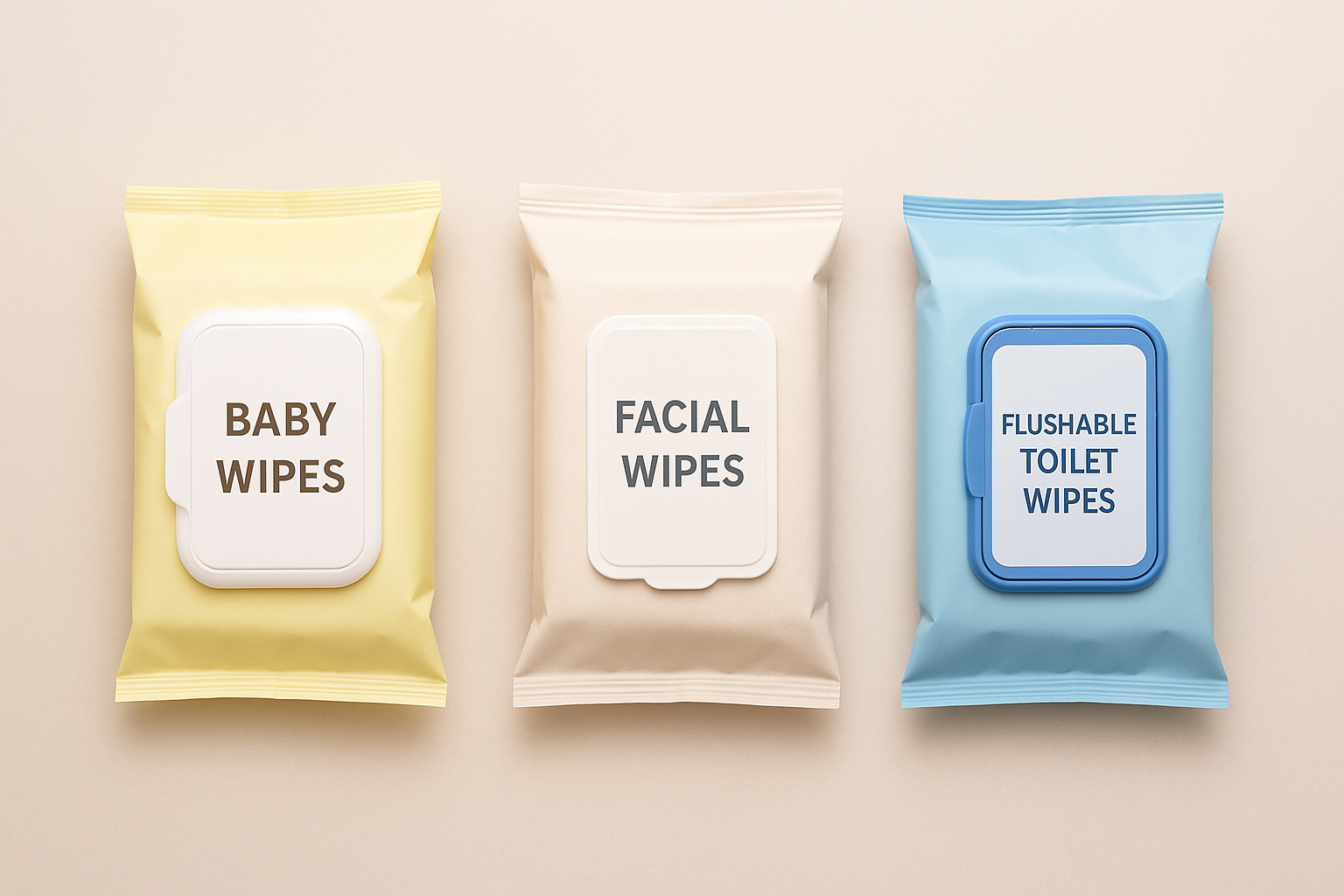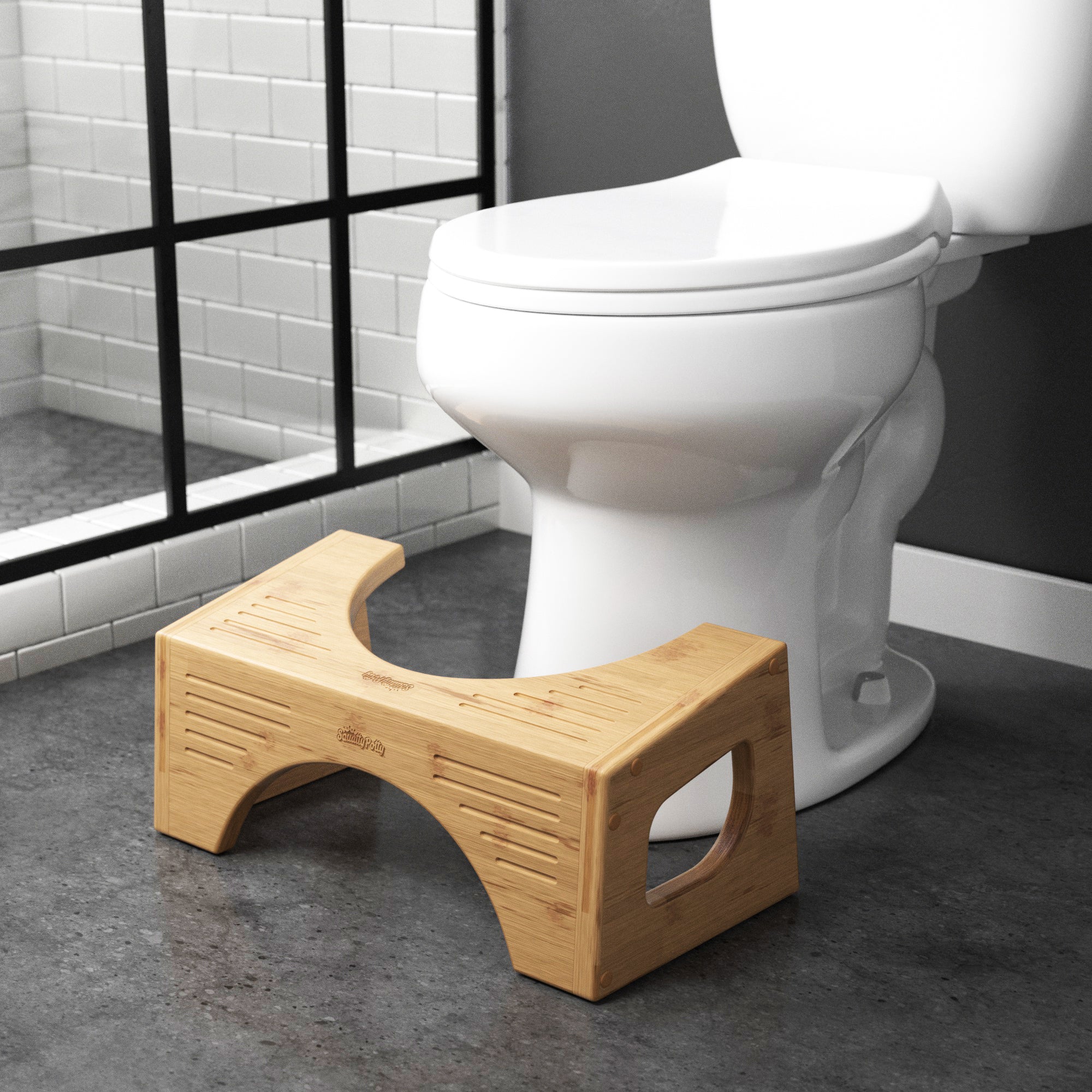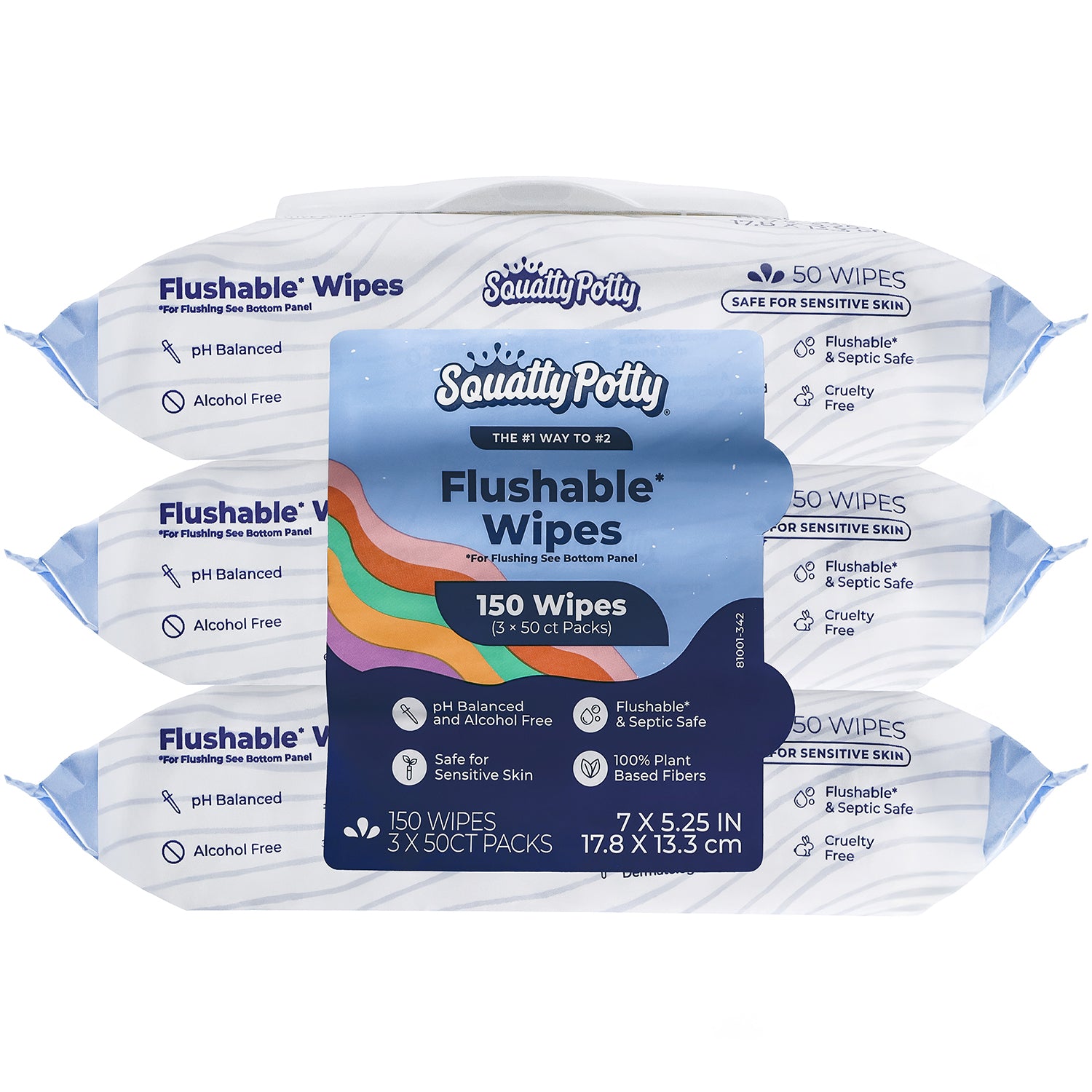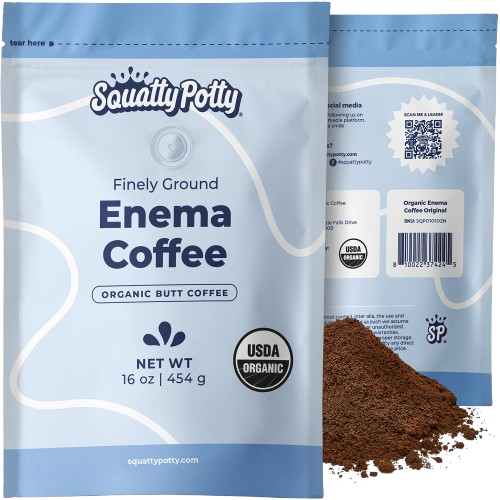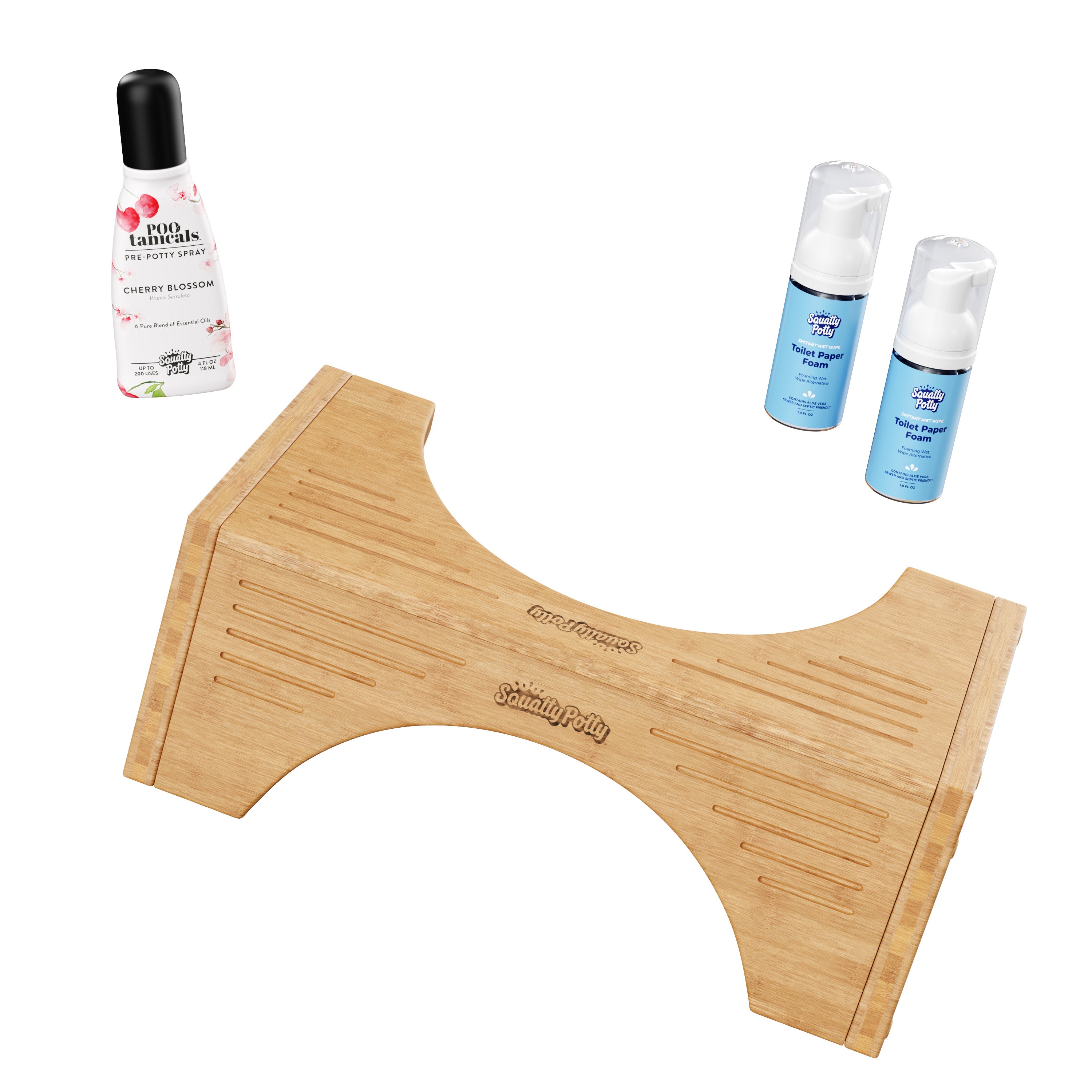When it comes to personal hygiene, wipes have become an everyday essential — whether you’re cleaning up a baby, freshening your face, or using them in the bathroom. But not all wipes are created equal. Although they might look similar, baby wipes, facial wipes, and flushable toilet wipes differ in both composition and intended use — and those differences matter a lot, especially when it comes to what should (and shouldn’t) go down your toilet.
Baby Wipes: Gentle for Skin, Designed for Messes
Material:
Baby wipes are made from a soft, durable, nonwoven fabric, often a blend of polyester and polypropylene fibers. These synthetic materials make them strong enough to handle tough cleanup jobs and resist tearing, even when wet. However, these same qualities also mean they don’t break down easily in water. And while more and more brands are moving to a 100% plant based material for baby wipes now, they are still designed to resist tearing and breakdown, meaning even though they are plant based they are still not flushable.
Use:
Formulated for sensitive skin, baby wipes are designed with moisturizing and soothing ingredients like aloe, chamomile, or mild cleansers. They’re perfect for diaper changes and gentle cleaning, but their durability means they’re not meant to be flushed. Even one or two wipes can cause clogs or contribute to larger blockages in plumbing and sewer systems, known as “fatbergs.”
Facial Wipes: Designed for Beauty, Not the Bathroom
Material:
Facial wipes share a similar construction to baby wipes, they’re typically made of nonwoven synthetic fibers or blends that give them a smooth, cloth-like texture. This makes them ideal for wiping away makeup, oil, and dirt without disintegrating. In other words, they are designed to feel soft while still being relatively difficult to tear. And just like baby wipes, more companies are moving over to plant based fibers for their facial wipes, even going so far as to claim that they are biodegradable and/or compostable - but again it’s important to note that these fibers are not constructed to disintegrate quickly in water, meaning they are also not designed to be flushed.
Use:
Since facial wipes are formulated with ingredients like micellar water, exfoliants, or skin conditioners, they’re a convenient alternative to washing your face. But despite their softness, they are not flushable either. These specific fibers don’t disperse or degrade in water, and they can easily cause blockages in household pipes or municipal systems.
Flushable Toilet Wipes: Built to Clean, and then Break Down
Material:
The major difference with flushable toilet wipes lies in the fiber technology. True flushable wipes are made from plant-based materials, such as cellulose, wood pulp, cotton, or regenerated fibers like viscose or lyocell. Unlike synthetic polymers, these natural fibers are hydrophilic, meaning they absorb water and begin to lose strength almost immediately after flushing. This is often why they feel thinner than baby wipes or facial wipes - it’s an intentional design that combines functional structure for an effective clean while dispersing quickly in water to prevent clogs in sewers and septic systems. Most flushable wipes use hydroentangling (spunlace) technology, which bonds the fibers together with high-pressure water jets instead of chemical binders. This gives the wipe a soft, strong texture when dry and in use — but allows it to break apart once it’s agitated in water, mimicking the dispersibility of toilet paper.
Use:
Obviously, flushable wipes are designed for use after going to the bathroom and offer a fresher, cleaner feel as compared to toilet paper, and usually contains ingredients designed to help care for skin and reduce irritation in those sensitive areas. However, not all products labeled “flushable” meet rigorous disintegration standards. There are testing protocols designed to validate flushability, which are subject to change to meet shifting federal and local regulations for sewage and water systems. That’s why it’s best to look for wipes certified by industry standards like INDA/IWSFG Flushability Guidelines.
Squatty Potty Flushable Wipes - The Right Wipe for the Right Time
Squatty Potty Flushable wipes have undergone independent lab testing to confirm that they meet INDA GD4 Flushable Product Guidelines, so you can trust that they are flushable and septic safe when you flush according to disposal instructions. But, they aren’t just the perfect option for your post-potty cleanup, they’re also:
- Hypoallergenic & Dermatologically Tested
- Made with 100% plant based fibers
- Formulated with 99% water and plant based ingredients
- pH balanced & alcohol free
- FSC certified
- Infused with chamomile, green tea, aloe, cucumber, & vitamin e
- Formulated without harsh chemicals, oils, parabens, or sulfates
- Cruelty Free
On top of all that, these wipes are tested and proven safe for sensitive and eczema-prone skin, making them gentle enough for the whole family. They’re perfect for removing dirt, sweat, and everyday grime, and they double as a refreshing pick-me-up after a workout or a long day. The only thing they’re not designed for is makeup removal or use directly on eyes - their formula and material are optimized to break down easily in water and remain safe for sewer and septic systems. But aside from that, they’re an excellent go-to for nearly all your daily wipe needs - with the added bonus of being flushable!



